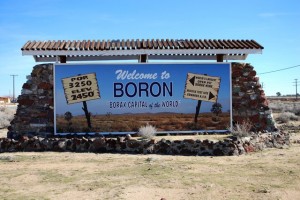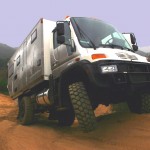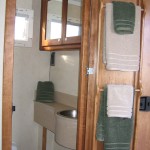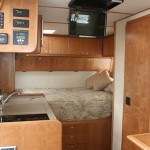For me a roadtrip has three parts
Part I: Plan the roadtrip. This part is great fun because it requires hours and hours of looking at the map(s). I calculate distances between stops and estimate the time each stop will take. I look for roads marked scenic and I keep an eye open for the red dots that point out places such as state parks, museums and other roadside “marvels.” [Note: the red dots often result in Internet searches.] Multi-day roadtrips usually have defined destinations and most of the time I make lodging reservations prior to hitting the road. I like knowing that I can arrive at my destination at any time and be guaranteed of having a spot to “hang my head.” I usually plan a roadtrip day to be 8-12 hours in duration and the planning requires paying attention to time-zone changes and sunrise/sunset times. In a nutshell, planning roadtrips is fun.
Part II: Execute the roadtrip. I find that most of the time I rarely consult the roadtrip plan. This is because I’ve taken the roadtrip multiple times in my head. Many roadtrips do not follow the plan exactly, but they usually come close. I actually like having to modify roadtrips while they are in progress.
Part III: Document the roadtrip. I find myself “retaking” the roadtrip over and over while working on its write-up. Documenting the roadtrip allows for the recording of items that were either missed or discovered during the adventure. In addition, documenting a roadtrip is a useful tool for generating ideas for future roadtrips.
Road Hacker Add new tag, journals, mapping, photos, planning, reservations, tips

Boron, California
During the next to last day of 2008, I visited the
Twenty Mule Team Museum in Boron, California. It is a great museum and it’s free. I was the only one there and the volunteer worker asked where I was from and I told her Tempe, Arizona. She got all excited because that is where her daughter and grandkids live. We chatted for a while about Tempe and life in Boron. It is moments like these that make roadtripping an extreme pleasure.
Road Hacker borax, boron, musuem, twenty-mule-team
-

-
The “Safari Expedition”
-

-
Bath
-

-
Kitchen and sleeping area
I just received a press release from Global EXpedition Vehicles, which has entered the custom off-highway RV market. Global Expedition Vehicles, based in Ozark, Missouri is building all-wheel drive RVs built on a Unimog U-500 chassis. This new model is called a Safari. According to the press release, it has a 154-inch wheelbase and a 31.5 feet turning radius. It’s powered by a Mercedes-Benz 6-cylinder (6.4-liter) diesel engine, water-cooled, turbo-charged and intercooled. I haven’t seen any these units yet, but is supposedly able to camber over rocks or fallen trees three feet high and still reach 70mph on the highway.
One of the appealing aspects of building a RV on a Uni-mog is that it is possible to physically differentiate the living compartments from the chassis and thus reduce the torque transference from the chassis. Some of the installed gear includes premium solid wood cabinets, a 4-person dining area which converts into a 2nd bed, stainless steel refrigerator and freezer, 2 burner diesel cooktop, convection microwave/grill, LED lighting, dry-bath with separate shower and toilet, queen-size bed, 2 flatscreen LCD TVs with full sound system, and plenty of storage areas. Prices start at USD $180,000 and most rigs roll out the door at $300,000+ More information and photos here.
Mark Sedenquist expedition, four-wheel drive, Off-highway, Vehicles
I’ve been experimenting with a new trip planning tool created by Traffic.com using data and mapping from NavTech. It’s one of an entire suite of trip planning tools (their primary focus is packaging and delivering traffic flow information for most USA cities). What’s interesting about this application is that appears to be utililizing current weather and road travel conditions to calculate traffic flow and come up with reasonably accurate estimates.
For a trial, I put in coordinates from my Las Vegas office to a field office in Pasadena, California. I know this road very, very well. Surprisingly, it didn’t route the entire way along I-15 (the normal road), but instead chose to go east to US-95 and then back to I-15. Normally, this would be a glaring error — but it turns out that due to construction work in Mountain Pass + the rain right now –I think the program is probably correct. Very Impressive!
Mark Sedenquist routing, tool, traffic delays, Trip Planning, weather



